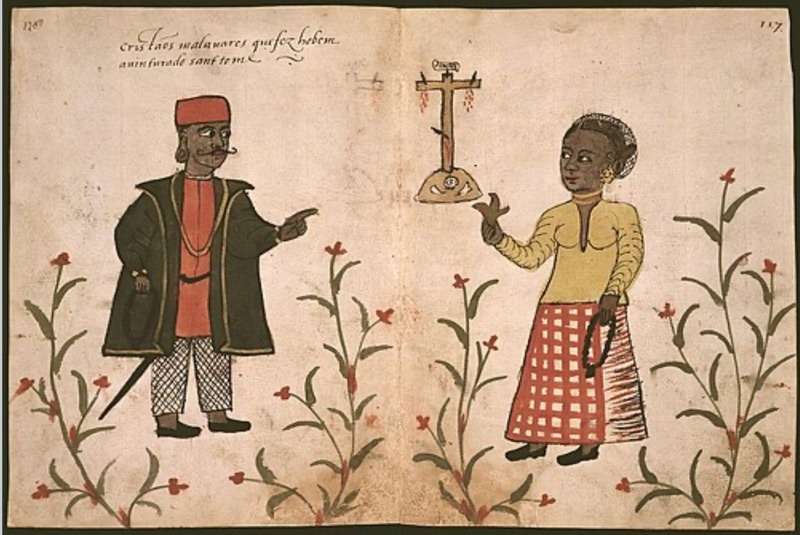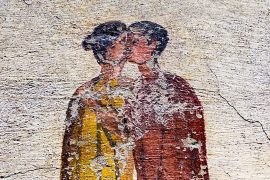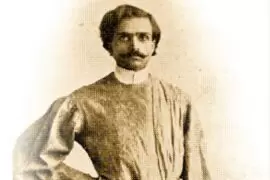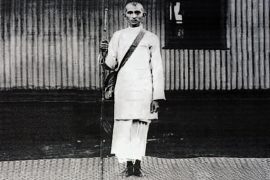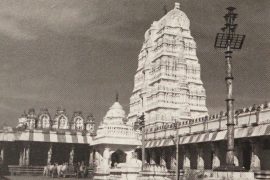Christianity — as an organised religion — is about 2,000 years old. It is believed to have originated in the firstcentury CE. The Thomas Christians, one of the oldest communities of the Christian faith, date back to that time.
Today, they thrive in Kerala, South-west India, and across the world. Named after the apostle St. Thomas, Thomas Christians (Malabar Christians) are indigenous Christians. The vibrant community is popularly known as the Nasrani Mappila.
Copyright©Madras Courier, All Rights Reserved. You may share using our article tools. Please don't cut articles from madrascourier.com and redistribute by email, post to the web, mobile phone or social media.Please send in your feed back and comments to [email protected]

